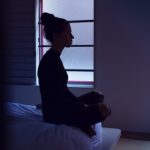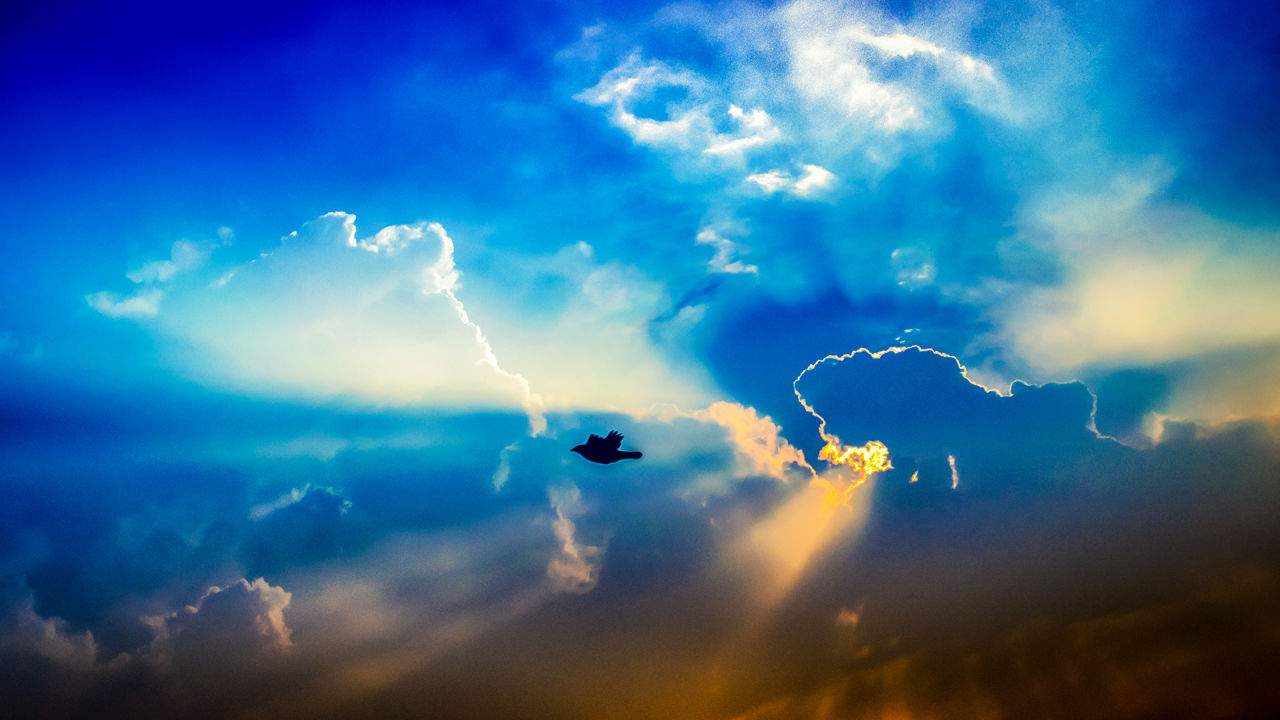The Science at the back of the key Productive Powers Of the colour Blue
New research means that our biological clocks don’t seem to be just tuning in to changes from daybreak to dusk, the color of light has an influence, too.
April 21, 2015
Like plants, people respond to adjustments in mild. The natural cycle of first light and sundown performs a delicate calculus on our circadian rhythm, signaling when it’s time to wake and work, and when it’s time to turn in.
synthetic lights can wreak havoc on us. Fluorescent place of business lights can make us work a long way longer—however no longer all the time better—than we’d naturally be ready, and the LEDs illuminating our mobile gadgets can disrupt sleep if we spend time with them earlier than bed.
Now science is telling us that our biological clocks could also be responding no longer handiest to the kind and amount of light, however the color, too. consistent with a new find out about from the university of California, Santa Cruz (united states of america), our eyes is also just as at risk of the altering coloration of light as it dwindles through twilight.
To take into account this, the researchers studied the behaviors of mice over 24-hour sessions. The rodents had been chosen because their eyes—like ours—are able to seeing shade when exposed to the adjustments of blues and yellows as they appear at crack of dawn and dusk. The researchers then all for the colors’ results on an area of the mind referred to as the suprachiasmatic nucleus, or SCN, which is one that all vertebrates share that just so occurs to keep an eye on circadian rhythms.
showing the mice different levels of colour made their neurons respond, specifically when viewing the blue light that suffuses the sky after the solar sets. considering the fact that mice are onerous at work at night time, the researchers discovered that after they scrambled the order of the sunshine express for the mice the use of LEDs, the critters replied as they’d to pure conditions.
probably the most researchers, Timothy Brown, a neuroscientist at the university of Manchester in the UK, advised that these findings open up the likelihood to work on options for seasonal affective disorder or jet lag in people. each may also be presently handled the usage of a light field, but Brown suggests that including shade may improve the consequences.
shade’s hyperlink to productivity
It might also add another dimension to achieving maximum productivity right through the workday. several studies have proven that color can make stronger the creativity and thought of staff in places of work with painted walls.
until there’s a way to tweak the color of the bulbs illuminating our work areas, we will do well to take into account that purple promotes detail work, green conjures up innovation, and grey will have to be used sparingly as a result of it might absorb self assurance and depart depressive vibes in its wake.
though many people say they prefer working in a room with blue partitions, and the color has been identified to advertise calm, verbal exchange, and trust, blue is also the colour that the united states find out about discovered that prompted the mice to begin their nocturnal behavior—certainly one of productivity. if that is so, that implies we may be even more vulnerable to shade than we know.
fast company , learn Full Story
(233)














